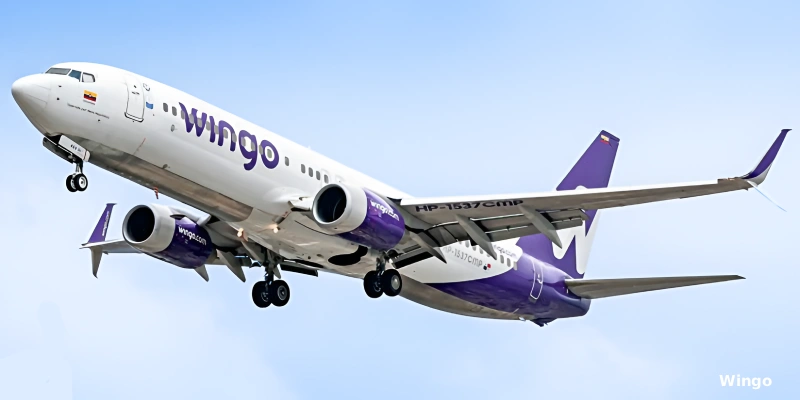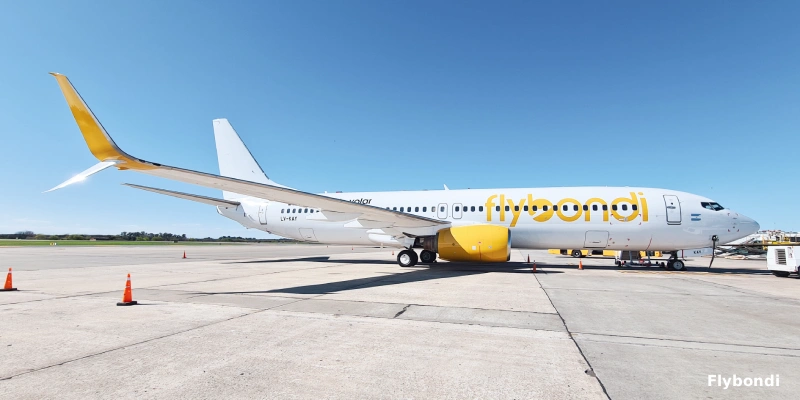Miami-Dade County Mayor Daniella Levine Cava announced Tuesday the approval of an investment of at least $400 million for the construction of a new air cargo hub at Miami International Airport (MIA), “the first of its kind in the hemisphere.”
The board of commissioners of this South Florida county approved the multi-million dollar investment in the construction of this four-story facility that, when completed in 2029, will bring MIA’s total capacity to at least 4.5 million tons of cargo.
“With the construction of this unprecedented, state-of-the-art air cargo facility, the sky is the limit for MIA to lead the global air cargo industry after consecutive years of growth since 2020,” Levine Cava said in a video.
According to MIA, this four-story facility will be “the first of its kind in the Western Hemisphere” and, when completed, will increase the airport’s total cargo capacity by at least 50%.
The future Vertically Integrated Cargo Community (VICC), as the center is called, will span nearly 800,000 square feet (74,420 square meters) on 11 acres of airport land.
→ Dominican Republic: Santo Domingo airport modernizes and plans to build another terminal
It is expected to generate a major impact on the local economy, with the creation of 8,500 new temporary jobs that will earn a total of $500 million in wages over five years of design and construction.
It will also mean the creation of 2,500 new permanent jobs that will generate $512 million in rent and business revenue for the county’s Aviation Department over the 40-year term of the agreement, the MIA said in a statement.
Miami International Airport is on track to receive a volume of some 2.9 million tons of cargo by 2024.
In addition to its impact on job creation and local business revenue, the VICC will be a “sustainable and environmentally friendly facility with a LEED Silver Certification,” among others, said Ralph Cutié, director of the MIA.
The lease agreement with a private developer will require that at least 60% of the design-build firms be based in Miami-Dade County, and that those firms contract with registered small businesses during all phases of the project.
“This is great news for our community and our economy. MIA is our largest economic engine, generating thousands of jobs for our residents and significant revenue for many of our leading industries, from tourism to small businesses,” added Levine Cava.
MIA is the largest U.S. airport for international cargo and the airport with the most flights to Latin America and the Caribbean, in addition to being the second busiest in terms of international passengers.
It is also the main economic engine for Miami-Dade County and the state of Florida, generating commercial revenues of $31.9 billion.
In 2022 it achieved the best record in its history by accounting for more than 50.6 million passengers, almost 10% more than in 2019 (45.9 million), and thus became the busiest in the state, ahead of Orlando, in central Florida, which had 50.1 million.
With information from EFE
Related Topics
LATAM Renews Its Premium Business Experience Inspired by South America’s Identity
Wingo to Suspend Direct Flights Between Bogotá and San José, Costa Rica
Flybondi to Operate Record Number of Flights to Brazil During 2025/26 Southern Summer Season
Avianca to Increase Flights Between Bogotá and Córdoba Starting in December

Plataforma Informativa de Aviación Comercial con 13 años de trayectoria.




